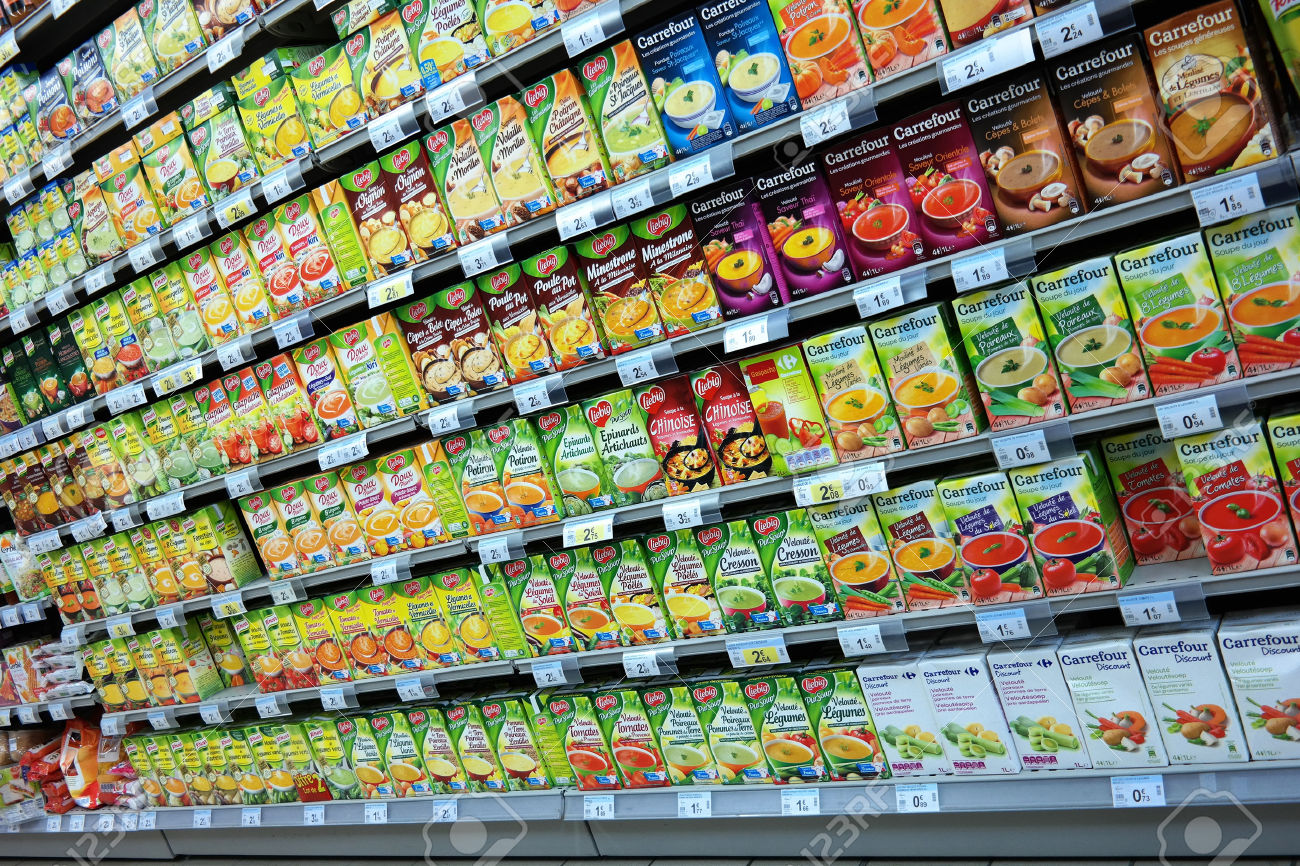
Product Packaging Tips for Standing Out on Shelves
In a world where the average supermarket carries around 30,000 to 40,000 products, standing out on shelves can be the difference between a product that sells and one that languishes, gathering dust. Your product could be the best in the market, but without eye-catching packaging, it may never get the chance to prove itself to consumers. With these expert tips on product packaging, you’ll ensure your item not only catches the eye but holds it long enough to become the chosen one.
Understand Your Audience
Know Your Customer: Before thinking about designs, colors, or shapes, figure out who you’re trying to reach. What captivates a young, trend-savvy customer could be vastly different from what appeals to someone who values tradition and simplicity. Get under the skin of your target demographic by researching trends, values, and preferences. Remember, you’re not trying to attract everyone – you’re looking for those who will love your product.
Use Color Effectively
Speak with Colors: Colors aren’t just pretty; they’re communicative. They can trigger emotions and convey messages without a single word. Use colors that resonate with your product’s attributes and your brand’s identity. For example, green often reflects eco-friendliness or natural products, while black packaging can convey luxury and sophistication. However, don’t just go with the flow—sometimes contrasting with competitors’ color schemes can make your product stand out.
Focus on Functionality
Package with a Purpose: Packaging that looks good but doesn’t function well can frustrate customers. Ease of use, resealability, and durability are key features that can enhance the consumer experience. Consider how your packaging protects the product during transport, preserves its quality, and provides convenience for the consumer. Clever packaging designs that solve a problem or two can make your product a favorite on the shelves.
Clarity and Simplicity
Keep it Simple: While it can be tempting to include as much information as possible, overcrowded packaging can overwhelm shoppers. Be clear about what your product is and what it does. A clean, uncluttered design with a straightforward message can often be more effective. Remember the KISS principle – Keep It Simple, Sweetheart!
Engage the Senses
Appeal to the Senses: Visual appeal is crucial, but engaging other senses can enhance the customer’s connection with your product. Textured materials can add a tactile element, while scratch-and-sniff patches or incorporating sounds into your packaging design are creative ways to engage customers’ sense of smell and hearing.
Consider Eco-Friendly Options
Go Green: With increasing environmental concerns, eco-friendly packaging is not just a trend—it’s a responsibility. Using sustainable materials and reducing waste can appeal to a growing group of environmentally conscious consumers. Plus, it shows your brand is forward-thinking and responsible.
Embrace Innovation
Innovate to Captivate: Look for new ways to package familiar products. Consider materials, openings, shapes, and even smart packaging that offers additional value through technology, like QR codes that provide more information or interactive experiences when scanned. Stand out by being at the forefront of packaging innovation.
Make Your Brand Prominent
Brand Identity: Your packaging is a physical representation of your brand, so make sure your logo and brand colors are prominent. But don’t just slap on a logo and call it a day; integrate your brand elements in a way that’s natural to the packaging design. Consistency across your product range can help build brand recognition and loyalty.
Invest in Quality Materials
Quality Matters: The material’s quality signals to consumers the value of what’s inside. Flimsy or poor-quality packaging can suggest a low-quality product. On the other hand, high-quality materials can enhance perceived value and justify a higher price point.
Test Your Packaging
Test Drive Your Design: Before committing to a large print run, test your packaging. This could be as simple as setting it on a shelf alongside competitors to see how it holds up or as comprehensive as focus groups and customer surveys. Collect feedback and be willing to tweak your design if needed.
Consider the Unboxing Experience
Delight in the Details: Especially for products sold online, the unboxing experience can be a part of your brand story. Customized tissue paper, thank-you cards, or well-designed internal compartments can turn opening a package into a memorable event and encourage customers to share the experience on social media.
Be Authentic and Tell a Story
Tell a Tale: We’re creatures drawn to narratives. Consider how your packaging can tell a story about the product, its origins, or how it’s made. Authenticity connects emotionally with customers and can make your packaging—and by extension, your product—resonate with them on a deeper level.
Follow Legal and Regulatory Requirements

Stay on the Right Side of the Law: Ensure your packaging meets all legal and regulatory requirements of your industry, such as nutritional information for food products or safety warnings for electronics. Compliance isn’t just legal; it also fosters trust with consumers.
In conclusion, when it comes to product packaging, the difference between blending in and standing out lies in a blend of art, science, and strategic thinking. By understanding your audience, utilizing design elements like color, functionality, and innovation, and focusing on storytelling and sustainability, you can create packaging that calls out to customers from the shelves.
Remember, the packaging is often the first meeting between your product and your potential customer. Make it count. Engage them visually, emotionally, and intellectually. Show them not only why they need your product but also why it aligns with their values and desires. Do this right, and your product won’t just stand out on the shelf; it will also find its way into shopping carts and homes.